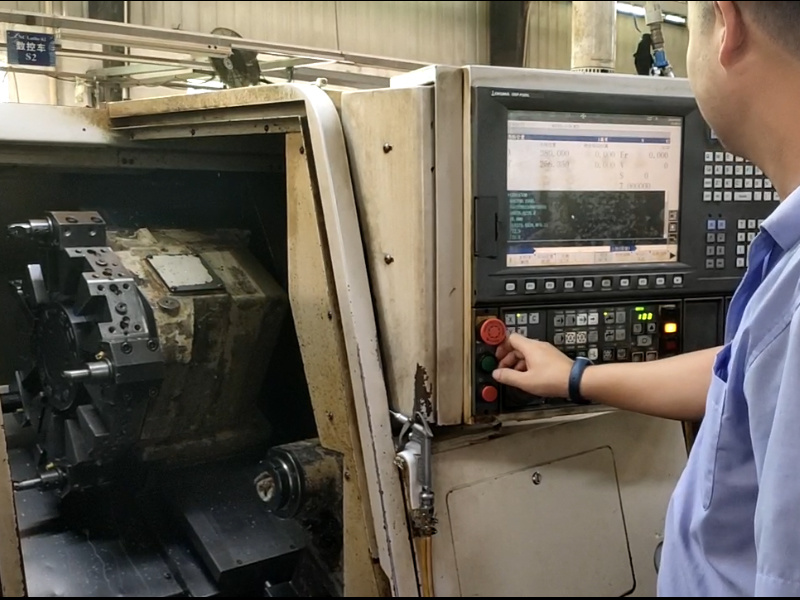Analysis of the good performance of cast steel nodes:
Cast steel nodes have good processing performance, complex and diverse architectural style attributes, and are gradually being promoted for use in large-span space truss steel structures, especially in handling complex cross nodes where cast steel nodes have unique advantages. However, due to the high total carbon equivalent impurities, especially phosphorus content, and difficulty in control, as well as the coarse grain structure of the cast state, the welding of steel pipes requires high welding technology, mainly to reduce residual stress and prevent welding cracks.
The design of the quenching medium for cast steel nodes fully considers the martensitic structure. Therefore, the cooling rate during quenching must be greater than the critical cooling rate of cast steel. Otherwise, it is impossible to obtain the martensitic structure and properties. However, excessive cooling rates can easily lead to deformation or cracking. To meet the above requirements, appropriate quenching media should be selected based on the casting materials for cooling, or other methods (such as staged cooling, etc.) should be used. During the temperature range of 650 to 400, the steel's undercooled austenite isothermally transformed, thus ensuring rapid cooling at this temperature during the quenching process. Below this, slow cooling is desired to prevent deformation or cracking. Common quenching media include fire, water, oil, and air. In staged quenching and isothermal quenching, hot oil, molten metal, molten salt, or alkaline melts are used.
Cast steel nodes have stable performance and are widely used in companies specializing in the production of precision cast steel parts. Here are the characteristics of cast steel nodes: The casting methods for producing steel castings have a wide range of materials, capable of producing a variety of castings, including aluminum-treated alloys, iron alloys, and various alloy castings. The casting process for poor materials, such as ordinary cast iron and other brittle plastic alloy materials, is the only feasible forming process. Cast components have a certain degree of dimensional accuracy, which is generally better than that of ordinary forged and welded parts. The production and processing of low-cost steel castings have better overall economic performance in terms of energy consumption and material costs compared to other metal forming methods. Cast steel nodes account for 40% to 80% of the total mass of precision cast parts in normal mechanical equipment, with only 25% to 30% of the total equipment and manufacturing costs.
Characteristics of cast steel nodes:
Compared to ordinary pipe intersection nodes and pipe plate nodes, cast steel nodes have the following characteristics:
1) The structural form can be designed according to actual needs, with strong plasticity and aesthetic shape.
2) Cast steel nodes are generally solid, with only local hollowing at the interface. Even if fully hollow, they are thicker than steel pipes or steel plates. Therefore, they have high load-bearing capacity and strong deformation resistance.
3) Cast steel nodes often replace pipe-to-pipe intersection welds with butt welds, eliminating pipe plate combination welds, which can disperse welds, reduce welding volume, and decrease welding stress concentration.
4) Homogeneity is relatively poor.
Applications of cast steel parts: Almost all industrial sectors require cast steel parts due to the characteristics mentioned above:
1) Power station equipment
2) Railway locomotives and vehicles
3) Construction, engineering machinery, and other vehicles
4) Mining equipment 5) Forging and metallurgy equipment
6) Aerospace and aviation equipment
7) High-pressure vessel equipment
8) Ships
9) Agricultural machinery is particularly widespread. As for the application of cast steel parts in various industrial sectors, there may be significant differences due to the specific conditions of different countries.






